Essential Modern & Post-War Art Terms & Movements — Part II
Harold Porcher’s Illustrated Glossary of Modern & Post-War Movements II
The post-war era of art, as an auction category, is simply a construct used to differentiate art movements occurring after World War II. The first of these art movements was Abstract Expressionism, followed by Color Field, Pop, Minimalism, and a string of other tributaries that all branch out from modernist concepts. When Abstract Expressionism emerged in 1946, it was simply marketed as contemporary art, but as time passed, the gap between 1946 and contemporary begged for a name.
American artists were searching for a modernist style to incorporate a unique American identity into the dialogue. Early modernist greats such as Arthur Dove, Abraham Walkowitz, Max Weber, Marsden Hartley, and Charles Demuth certainly contributed to the tapestry of modernism. The aforementioned Synchromists (see Essential Modern & Post-War Art Terms & Movements – Part I) certainly played a role in modernism. The breakthrough came when abstract painter, Arshile Gorky, married the pure abstraction of Non-Objective painting with the automatic drawing techniques of the Surrealists. From Gorky, the Action-Painting of Willem de Kooning and Jackson Pollock were soon to follow.
The Influence of the New Deal
I strongly believe much of the credit for these innovations in modernist concepts that emerged in America in the post-war era can be traced to The New Deal. If you ascribe Malcolm Gladwell’s concept of 10,000 hours needed to master a task, then look no further than the training time provided by New Deal art programs that funded young artists of the 1930s. Also, give a little more credit to those great minds fleeing Europe because of the war. Laslo Moholy-Nagy left Germany in 1933 when the Nazi government closed the Bauhaus school. He established the New Bauhaus in Chicago, Illinois, shaping young minds to concepts far beyond the age-old artistic academic traditions of American art education of that time. Josef Albers, also a former teacher at the Bauhaus school, left Germany in 1933 and found his way to North Carolina, accepting a teaching position at the newly formed Black Mountain College. Additionally, museums exhibiting Modernist art opened their doors thus opening young creative minds. The Museum of Modern Art opened in New York in 1929. Ten years later, guided by Hilla Rebay, Solomon R. Guggenheim introduced the world to his collection with the Museum of Non-Objective Painting, and Peggy Guggenheim launched Art of This Century in 1942.
A young Jackson Pollock studied under Thomas Hart Benton. During the New Deal art programs, he made several prints in the style of his teacher. In the later abstract works of Pollock you can still see the influence of Benton compositions in Pollock’s work. Pollock also owes much credit to the Mexican muralists José Clemente Orozco and David Alfaro Siqueiros, in particular, for their influence on the development of his mature style. The Mexican muralists were of great importance in guiding the muralists of the New Deal.
Abstract Expressionism
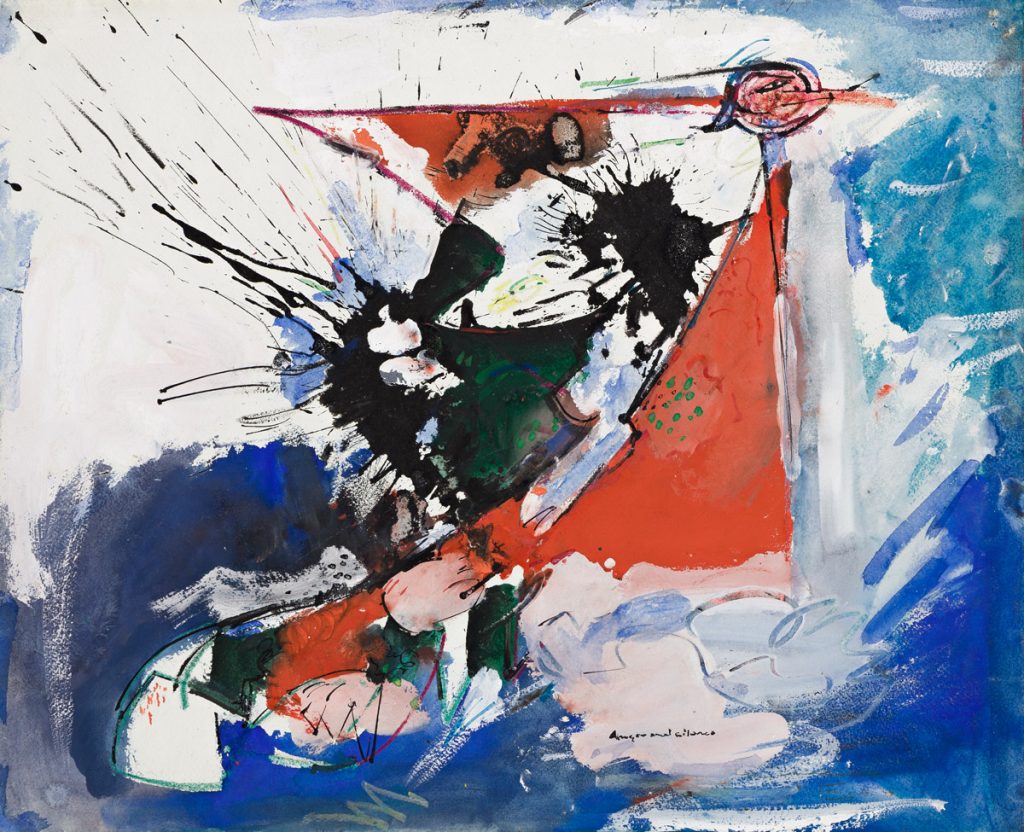
Abstract Expressionism, as a movement, reached the world stage in rock-star fashion when Life Magazine did a photo shoot and article on the working methods of Jackson Pollock while making his “drip” paintings in his Springs, New York studio. Presented in their August 1949 issue, the magazine created an uproar, and Pollock was soon a household name. In removing the artist’s hand by trading in the brush stroke for the flowing drip, Pollock opened the picture plane to the depth of the universe. The scale of Pollock’s canvases, along with artists Willem DeKooning, Franz Kline, and Clifford Still, artworks had reached a human scale. The expressive body movement required to create these paintings had much to do with the terms Abstract Expressionism and Action Painting. As is the case with anything in our overly simplified history, many artists arrived at Action Painting from many different directions. Hans Hofmann, a well-versed abstract painter who left Germany for the United States in 1932, was also adapting expressive, action painting techniques. Hofmann’s teachings, beginning at The Art Student’s League in 1934, had a great influence on the artists that would emerge in America during the post-war era.
Color Field
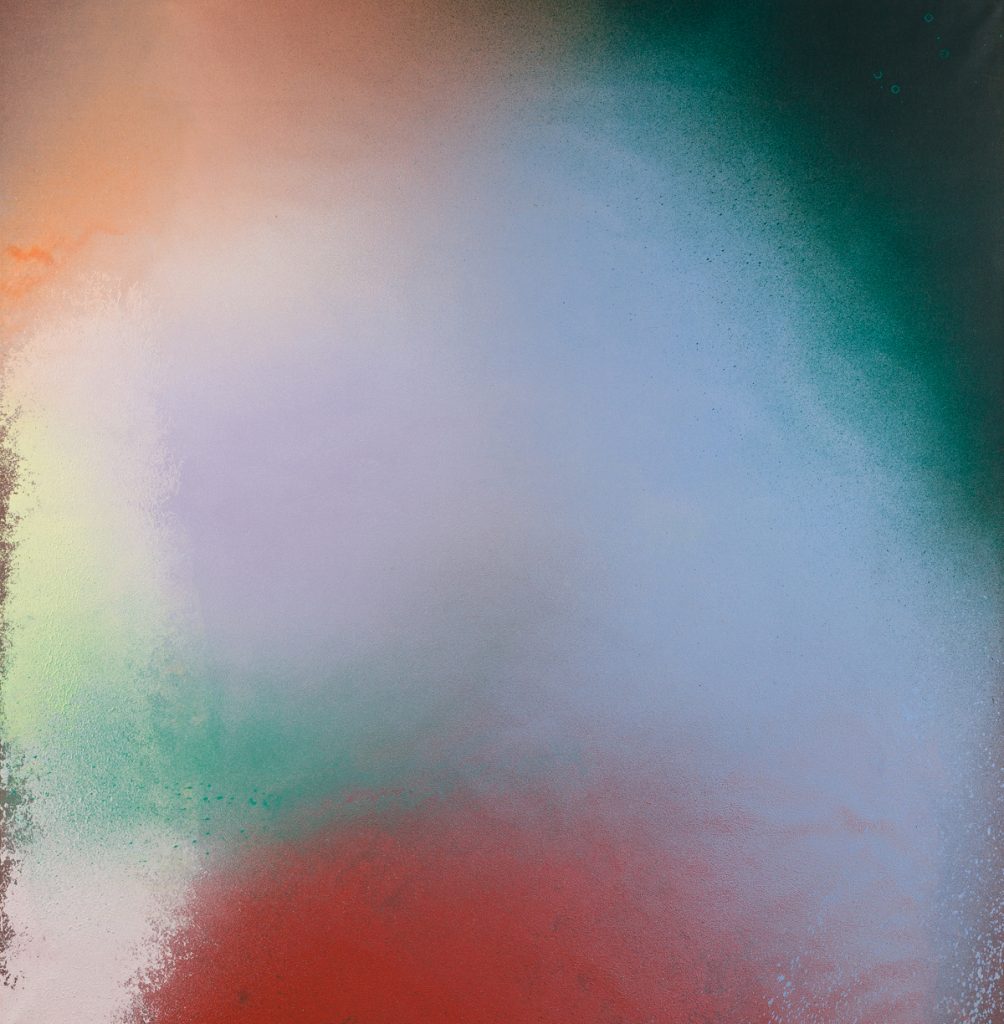
Color Field emerged separately from Abstract Expressionism and Action Painting. Artists, Mark Rothko and Barnett Newman working in New York in the late 1940s and early 1950s were experimenting with large bodies of color on canvas. The pigments, used on large-scale support, were intended to have a transcendental impact on the viewer. Later, artists, in line with Color Field, developed techniques of applying newly developed pigments, beginning with Magna and later Liquitex and other acrylic mediums, that could be poured onto raw canvas. Artists Helen Frankenthaler, Morris Louis, and Kenneth Noland used these methods. Other notable Color Field artists are Alma Thomas, Gene Davis, Howard Mehring, Thomas Downing, Paul Reed, and Sam Gilliam, and pictured here is a work by Albert Stadler.
Pop Art
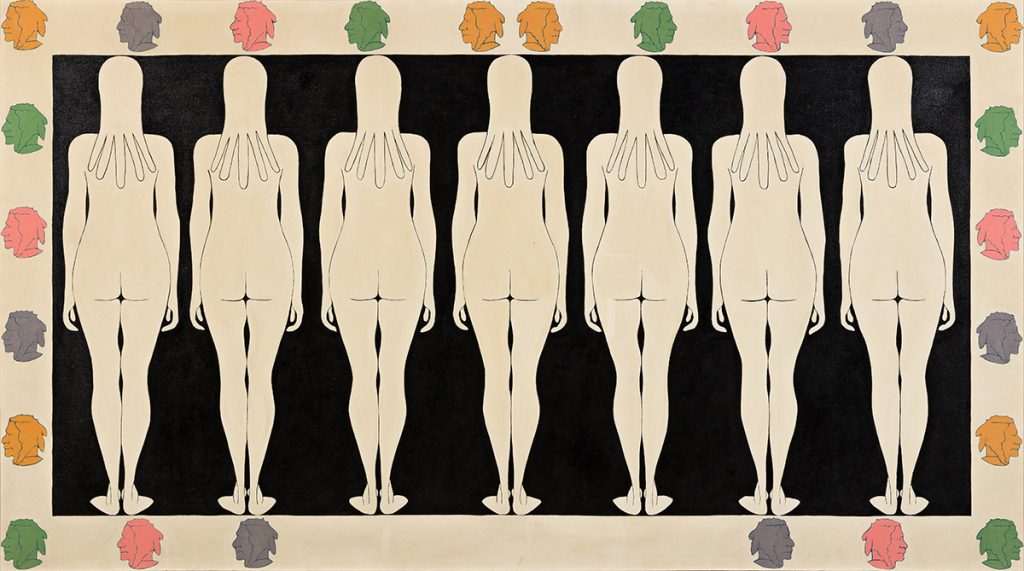
Pop art is a post war art movement that spoke directly to the culture in America. As America’s role in the world shifted from a developing post-colonial nation to an economic leader and military superpower tasked to rebuild nations, she faced a tremendous time of growth, both fiscally and in manufacturing. Capitalism surged, and the ad agencies took full advantage. Jasper Johns replicated the Ballantine Ale can in bronze, and Andy Warhol used the screen-printing technique to present the Campbell’s Soup can. Both artists took inspiration from popular culture to transform the commercial art of marketing into the formal art of the gallery and museum. Many artists employed Pop imagery as a suitable means of expression. John Wesley moved to New York in 1960 as the Pop Art scene, and happenings were being played out in real-time in the Tenth Street galleries. His earliest works of Emblem Paintings brought him recognition. He would evolve his pop dialogue using cartoon characters, Blondie and Dagwood, and erotic imagery. In this work, Wesley uses the imagery of the cigar shop Indian and American Indian women lined up in succession like products on a shelf, perhaps in protest. The political issues of the day were also part of the dialogue in Pop Art imagery.
Minimalism
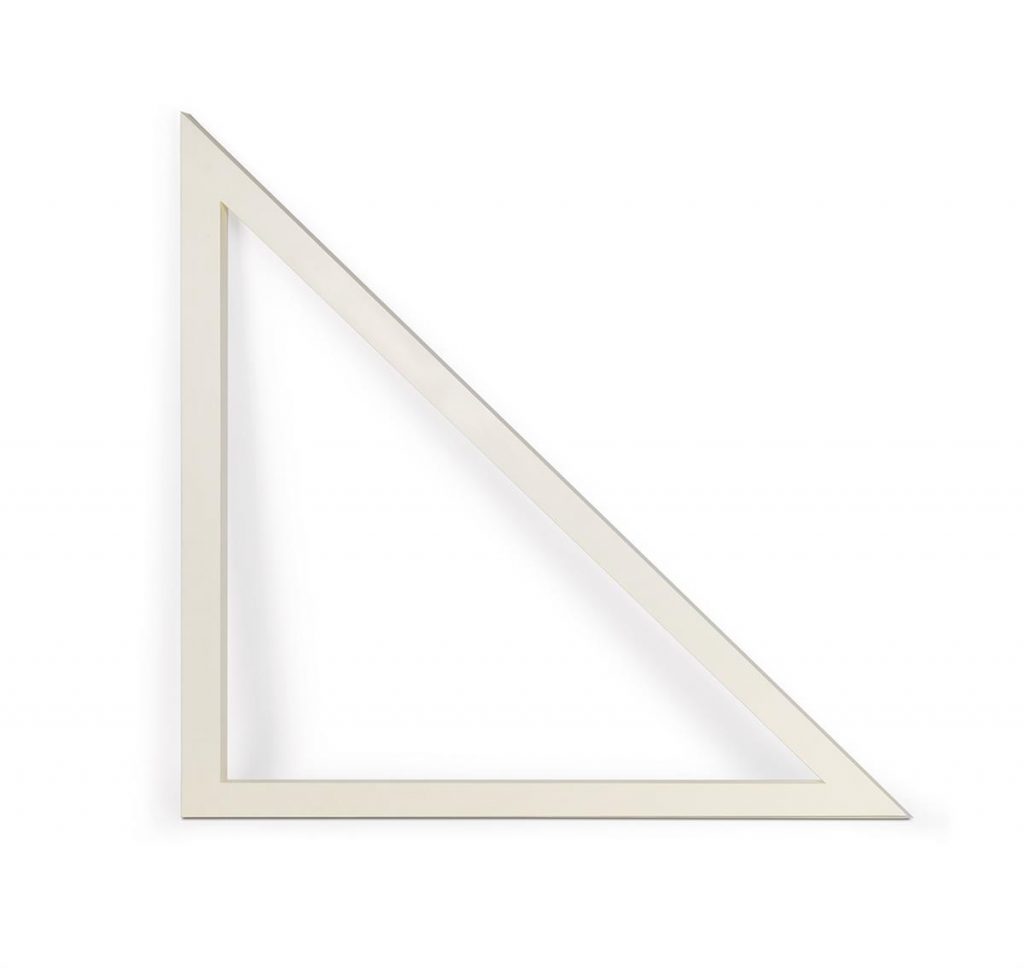
Minimalism is a term we hear a lot of lately in reference to interior decorating. This concept, stripping away the unnecessary, is nothing new, as we see in Japanese design, Shaker furniture, and the teachings of the Bauhaus school, where form and function work in unison and nonfunctional decoration is eliminated. Regarding art, Minimalism emerged in the 1960s and followed an objective of stripping away recognizable forms and concepts, leaving the viewer to focus on form and medium. Sculptors Donald Judd, Dan Flavin, Sol LeWitt, Robert Morris, Carl Andre, and painters Frank Stella and Agnes Martin were at the forefront.
Op Art
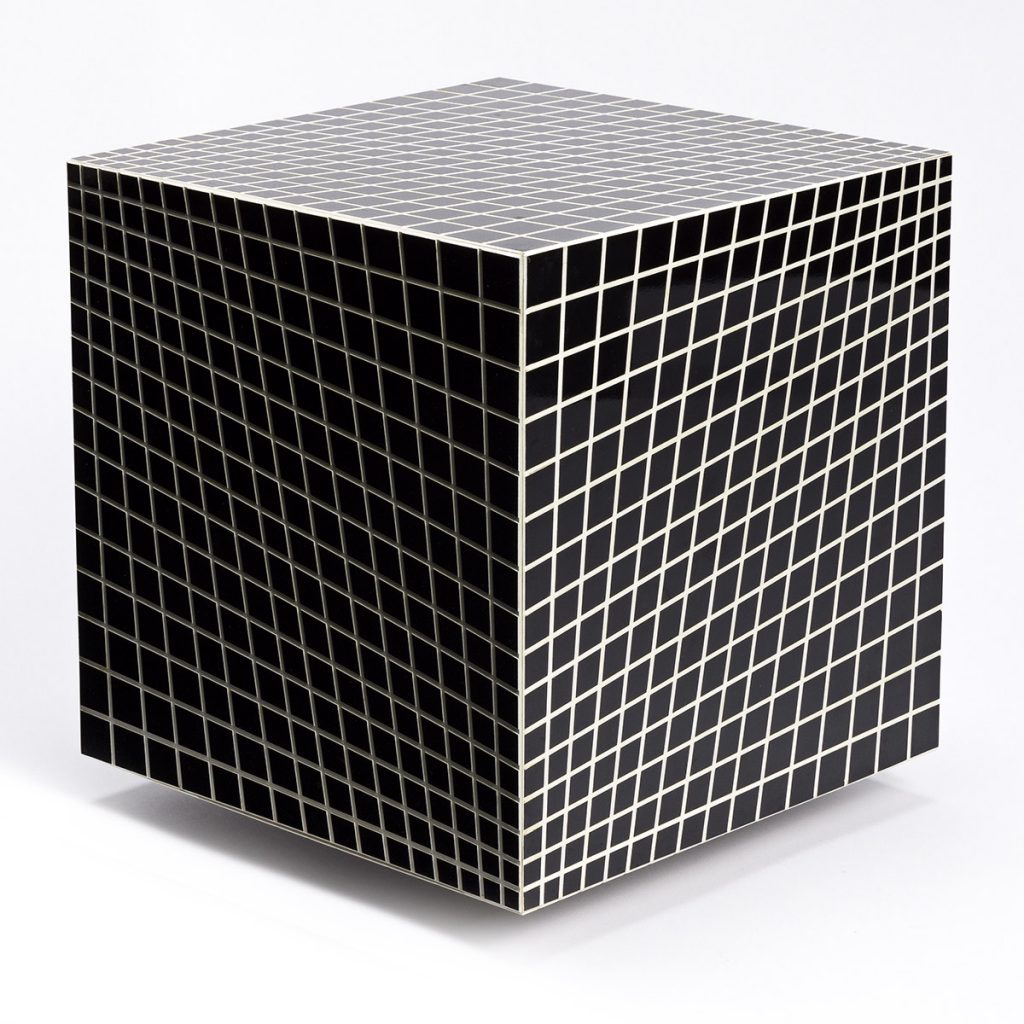
Op Art (Optical Art) is often referred to by artists like Bridget Riley from the United Kingdom or American artists such as Richard Anuszkiewicz. While many artists that have been exhibited under this blanketing term worked simultaneously, there was no formal union amongst them. The term is preceded by multiple traditions of pure abstraction all having different goals, such as Neo-Plasticism, Geometric Abstraction, Non-Objective Abstraction, Hard Edged Abstraction, and Abstract Classicism. With each new generation we will most probably always have artists whose goal is to explore the theoretical in fracturing the two-dimensional picture plane, thus Op Art continues today informally.
Happenings, Fluxus & Mail Art
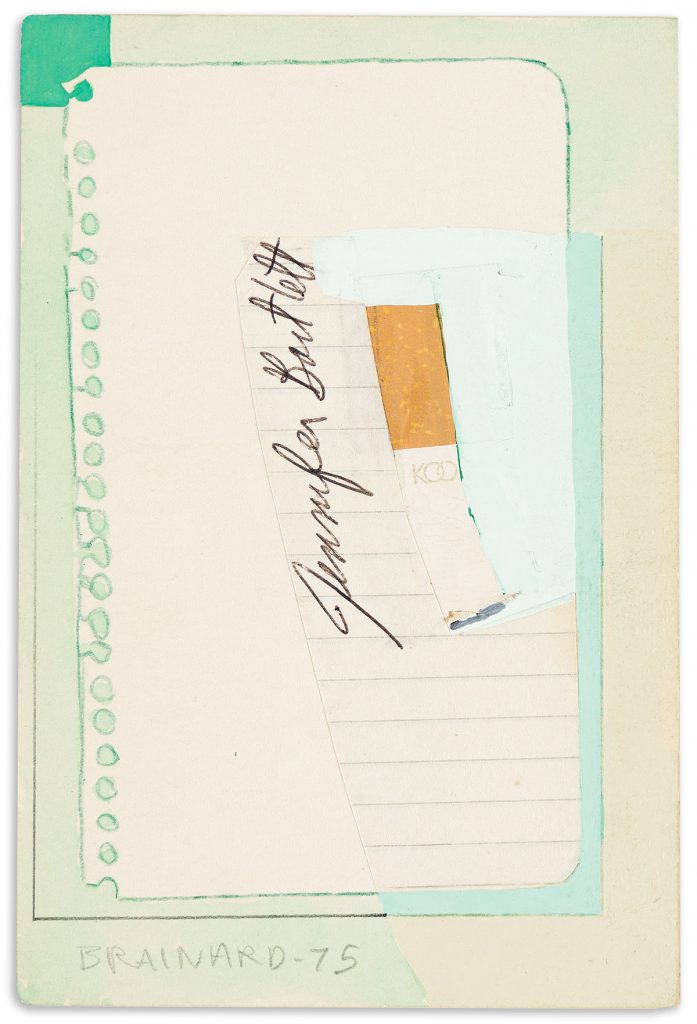
Happenings, Fluxus, and Mail Art each incorporate action into the artist’s process. Happenings began in the galleries and expanded into cars and rolling hills in South Brunswick, New Jersey. Allan Kaprow created the name “Happening” to describe the performance projects that he orchestrated on the farmland of his friend, the sculptor George Segal, in 1957. Fluxus was a multi-disciplinary movement incorporating performance, music, printing, found objects, and painting and sculpture. Mail Art is one aspect of Fluxus. All of these disciplines owe much credit to the lectures of the composer, John Cage. Cage began teaching at The New School of Social Research in 1950, and his concepts on performance and art were pulled from many aspects of art, life, philosophy, and understanding the human condition.
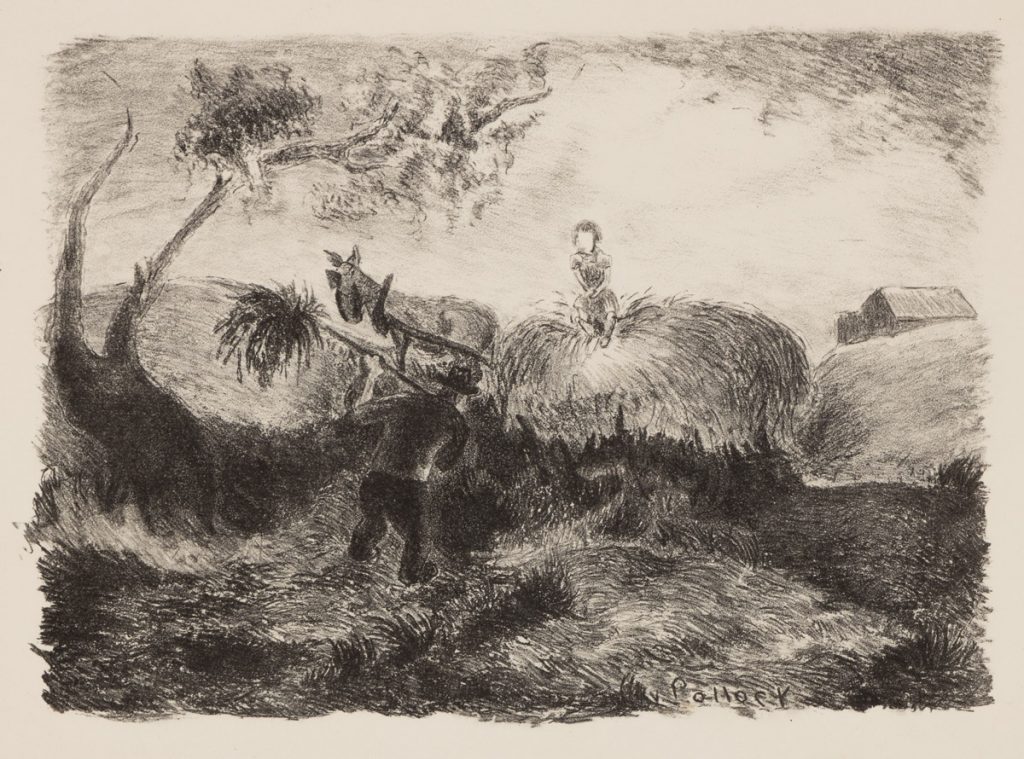
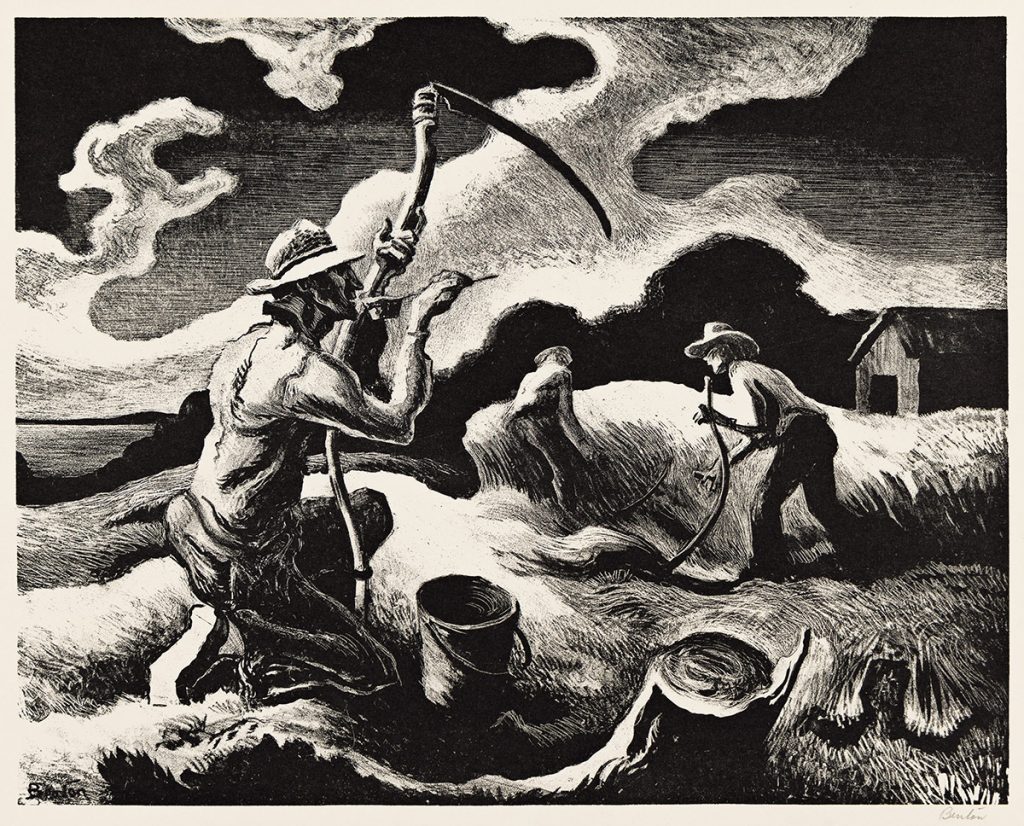


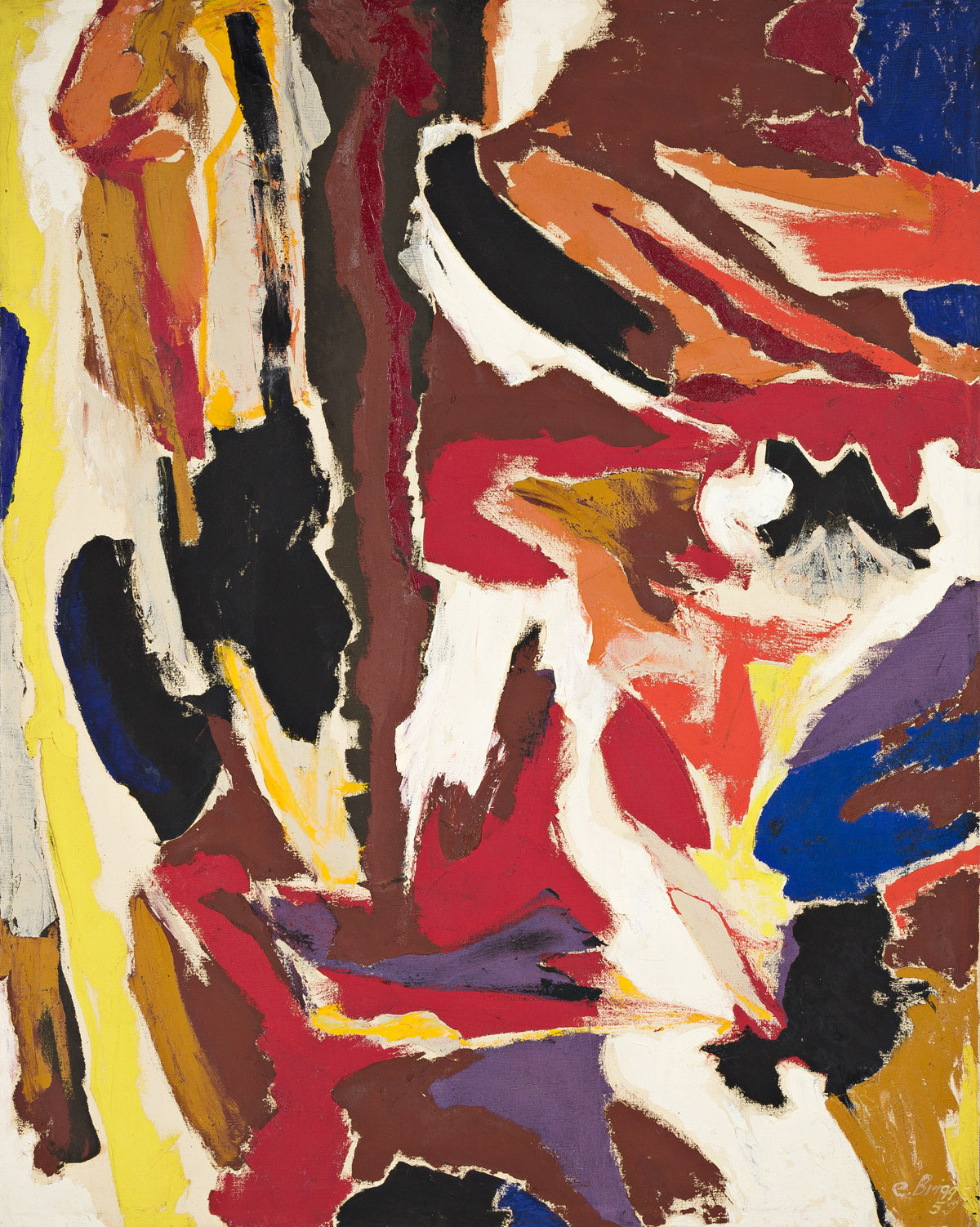










![Grace Meschery-McCormack shares about two copies of Fernando de Rojas’s ‘La Célestine,’ including a limited edition copy illustrated by Pablo Picasso.
At auction April 22. Learn more about the works at the link in our bio.
#Rarebooks #rarebookdealer #antiquarianbooks #auctions
_______________________________________
Music Credit:
Schubert - Piano Quintet in A major ‘The Trout’, D. 667 - IV. Andantino – Allegretto
Music provided by Classical Music Copyright Free on Youtube [https://tinyurl.com/visit-cmcf]
Watch: • Schubert - Piano Quintet in A major ‘...]](https://scontent-iad3-1.cdninstagram.com/v/t51.75761-15/491443494_18499096345036585_5935932878956098058_n.jpg?stp=dst-jpg_e35_tt6&_nc_cat=107&ccb=7-5&_nc_sid=18de74&_nc_ohc=u_iWjSzBq6AQ7kNvwGP43px&_nc_oc=Adm2-RoP-ycffpqdlTNCCefFvNYdnM4Jbat2wE7WtBletQyey5mIGvoT4Ix2A95fVyg&_nc_zt=23&_nc_ht=scontent-iad3-1.cdninstagram.com&edm=AM6HXa8EAAAA&_nc_gid=4I9TtRdz9WcpnZCsuTW-Pg&oh=00_AfLF7Gf0jIGGH37ICWIip3sv_wjuPfH_T0RtB6uif4rJ3g&oe=681F8411)




